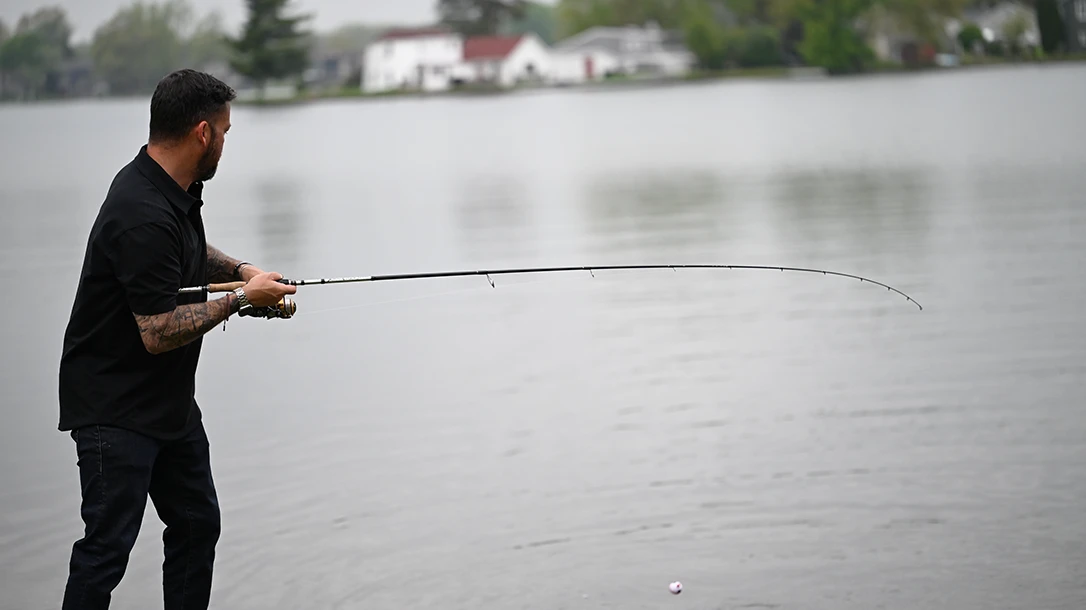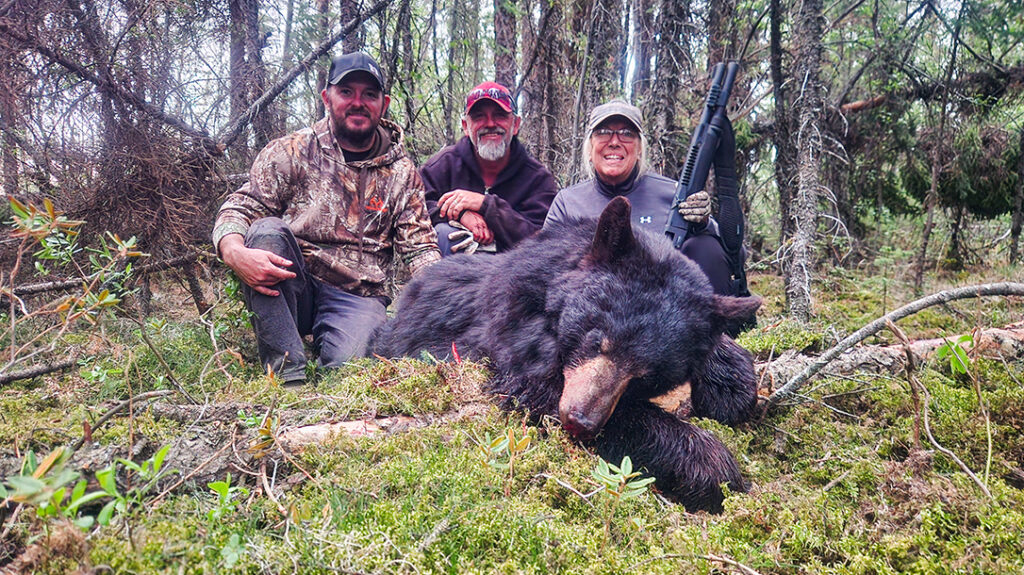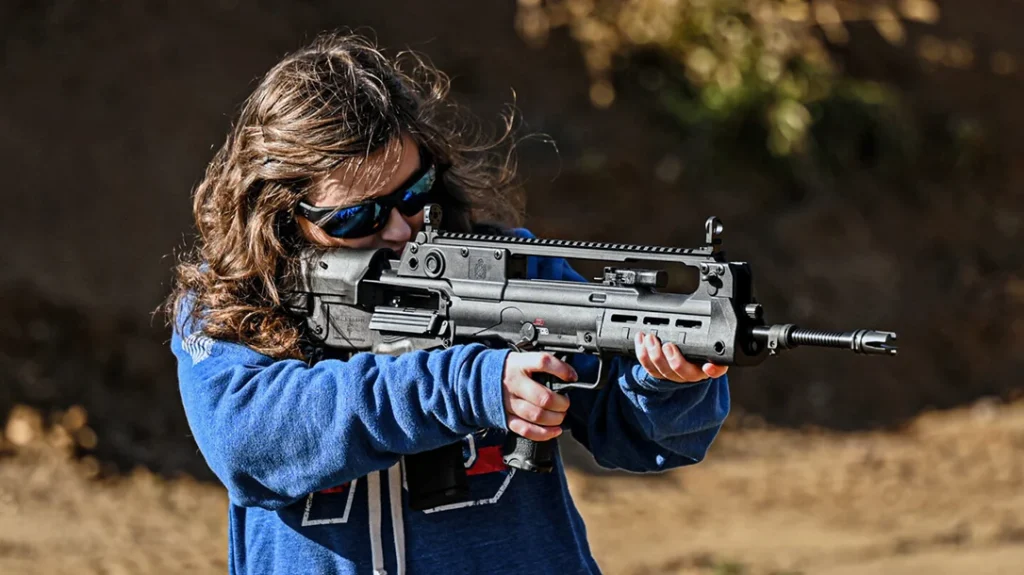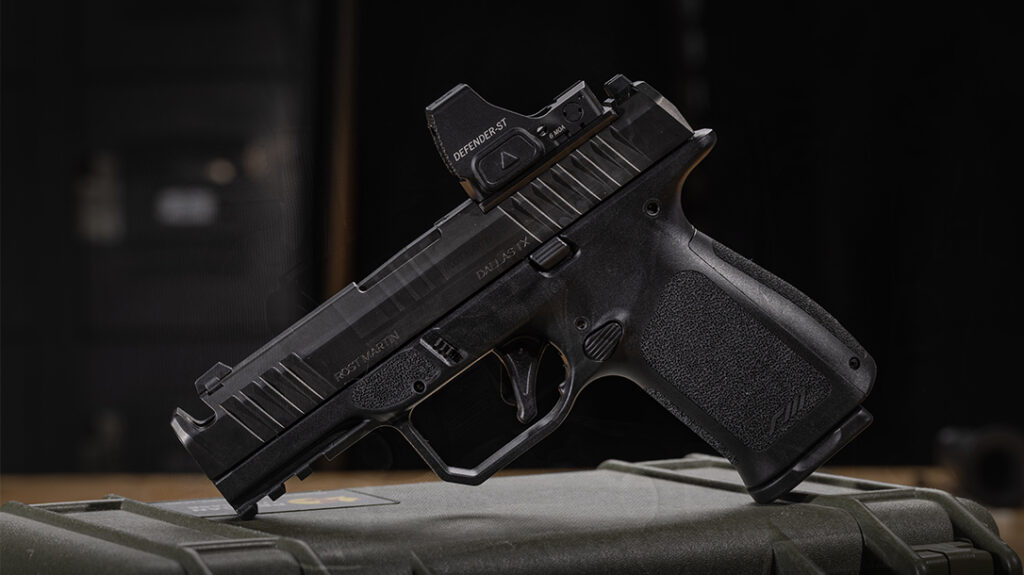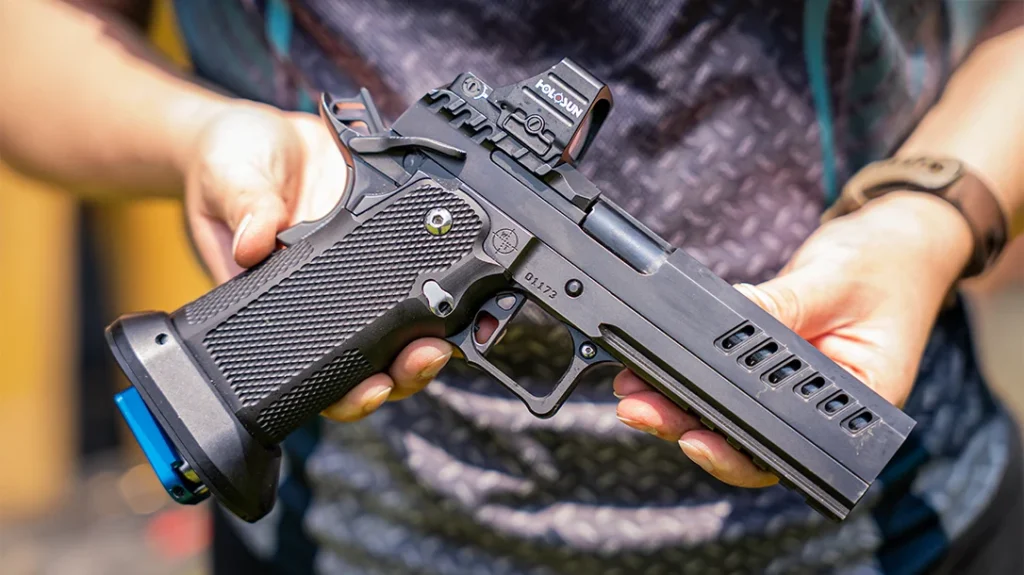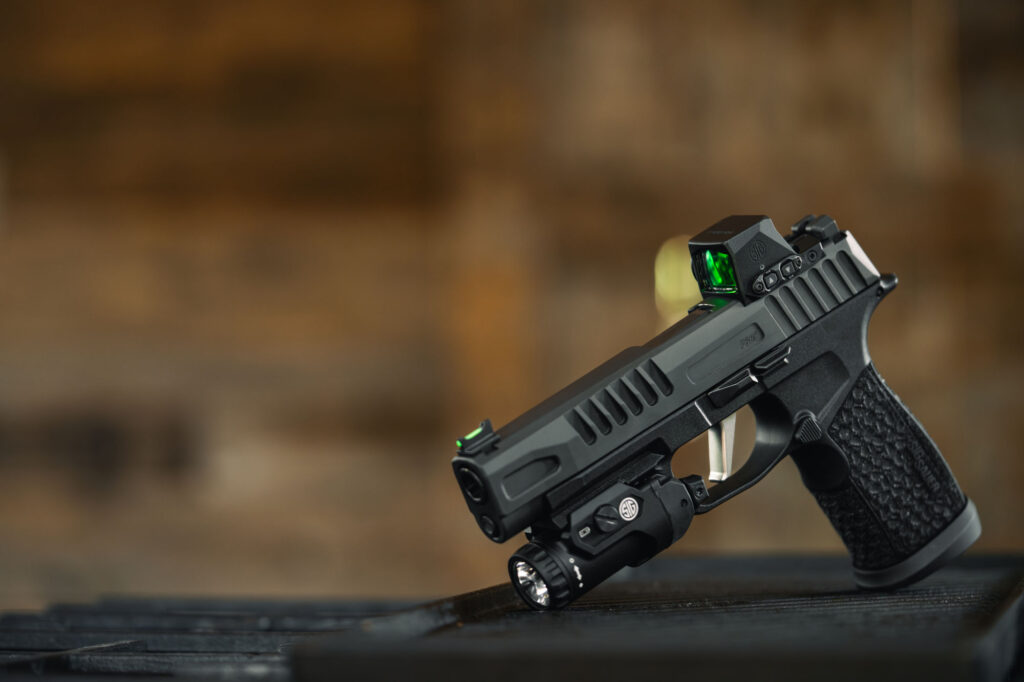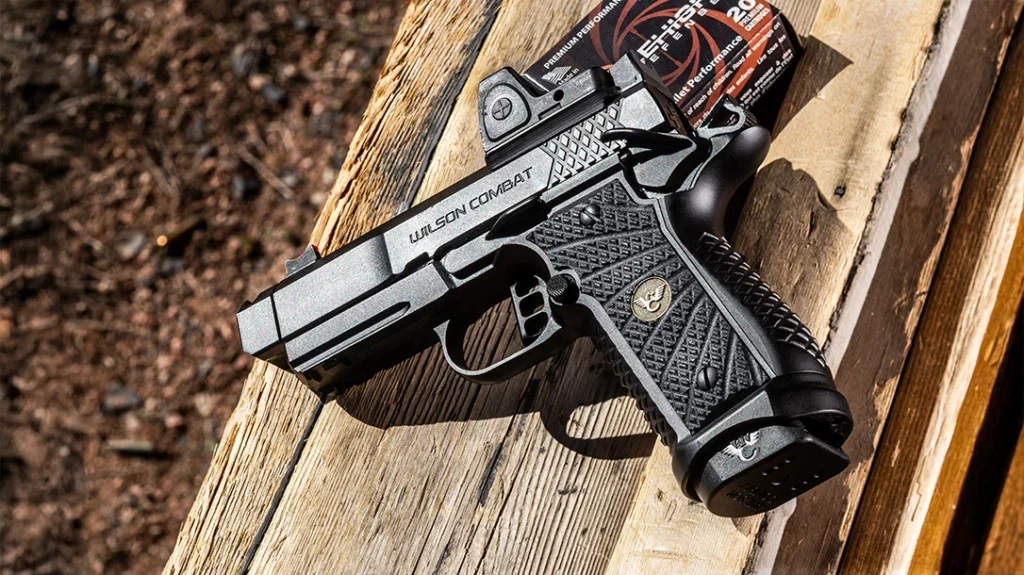When picking out a fishing rod, you have many options. Hundreds of choices of fishing rods. Once you narrow down the brand, then the type, then the length… And then you must navigate a series of various power and speed ratings. You will see things like MHF, MXF, H+F and many other combinations of letter and symbols to tell you how the rod is built and rated. These ratings will help you decide which rod matches which technique. These letters and numbers will also tell you which baits and fish species each rod is meant for. The power ratings will tell you the size of the rod blanks, the strength of the rod, the weight it can lift and more!
These ratings will also correlate with line strengths as well. A heavy power rod can handle heavier line, and a light power rated rod will be best suited for light weight fishing line.
Fishing Rods Ratings Explained
The simple answer is that every letter is telling you about the strength and flexibility of each fishing rod. But it goes much deeper than that.
Advertisement — Continue Reading Below

You will find power ratings of Heavy + or Extra Heavy (H+ or EH), Heavy (H), Medium/Heavy (MH), Medium (M), Light (L) and Ultra-Light (UL).
Let’s use MHF as an example here and break it down.
Advertisement — Continue Reading Below
MHF means Medium/Heavy Fast. Wait, I mentioned what the Medium/Heavy rating was — but what does the “fast” mean?

After we pick the power of the rod, we then pick the speed of the rod tip. Slow, Moderate, Fast and Extra Fast are your standard tip speeds. These ratings will determine the stiffness of the rod tip. This is very important to determine the sensitivity of the rod, the hooksets you can make and the strength you have at the top. The slow and moderate speeds will have your rod bending 4-6 eyelets down from the top where the fast and extra fast speeds will only bend 2-3 eyelets down. The speed is also defined by how fast your rod tip can return to straight after being pulled. So, the faster the speed, the stiffer the tip. The stiffer the tip, the more solid the cast, the firmer the hook sets and the more strength on the tip.
Advertisement — Continue Reading Below

How To Choose?
I know this all seems confusing and possibly overwhelming, but I can simplify your selections by explaining which techniques work best for me in each rod rating. I like to fish finesse baits a lot. Lightweight and methodical fishing. When using the smaller 1/16-oz baits, you want to have a fast or extra fast tip. When you are casting a small bait, you want the rigidity to really get that bait out there. A rod too soft would absorb a lot of your cast and make it tougher to accurately fling your lightweight baits. Also, you want a firm and solid hook set when pulling up on the rod with the smaller nonmoving baits.
In contrast, throwing a crank bait or spinner bait that is constantly being retrieved and moving, I prefer a softer tip. Since the moving bait will drive the hook set on its own more and I don’t need to pull as strong of a hookset. When using the single hooked baits or baits with soft plastics on them, you will need to have a solid and strong hook set to drive the hooks into the fish’s mouth better. With treble hooks on a moving bait, you will not need to yank the hooks as hard, and the pressure of the rod bend and fish bite will assist. After factoring your weight of the baits with heavier baits needing heavier rods and lighter baits being able to use lighter rods, the hook sets come into play.
Advertisement — Continue Reading Below

Too Many Options For Fishing Rods?
After sharing the seemingly endless options and uses of the rod power and speed types, the most asked question I get is always the same. “What if I only have one rod?” or “Can one rod do it all?”
The answer is — yes.
Advertisement — Continue Reading Below
As I always share in most of my seminars, I do have one rod option that can come close to doing it all. A rod that can handle most bait sizes, weights, fishing techniques and species… A rod that can be the right choice for any hook set… does that truly exist?
My go-to one rod option is always a 7’ MHF spinning rod. Seven feet long gives great casting for light or heavier baits. The medium/heavy power rating will cover most bait sizes and a good mix of sensitivity and power. Also the fast tip is what I would call the most universal for most situations. With this rod choice, I would throw anything from a small finesse bait to a 5/8-oz swimbait or a 3/8-oz spinner bait. I would trust this choice to power through light vegetation and line thicknesses of 8 to 20 pounds with ease.

Advertisement — Continue Reading Below
If you only have one rod option, this is my suggestion.
Do I Need 20 Fishing Rods To Be Successful?
Maybe it is an obsession, but having too many rods is never a complaint of an angler. I feel like I never have enough with me on a fishing trip even though I know I will usually only use the same one or two rods the entire time. But I still insist on bringing as many rods as possible. I like to use the analogy of golf clubs in this topic.
There are 14 clubs allowed in a golf bag. All ranging in size and distance ratings and techniques. There is a club for every distance and lie. Can you use a 9-iron club that usually is designed to hit 125 yards to hit a 60-yard shot? Sure. But would you rather use the lob wedge that is deigned to hit 60 yards? Would you want to use the putter to drive a ball 300 yards? Same for Fishing rods.
There are rods for every casting distance and technique. Can you use a 7’10” extra heavy fishing rod to finesse fish? Sure, but you will lose many attributes, and it is not as consistent or efficient. Even though one rod can be used to somewhat do it all, I suggest using the rod and set up that is designed specifically for each scenario to ensure you have the best odds of being successful on the water and having more fun doing it!
One Or All

Get one rod or get them all, it will not change how much finishing will be when you land a fish, but it can change how well you learn different techniques and how successful your hook sets can be. Use them correctly and you should never break fishing rods or miss too many bites. Go get the right rod, have some fun and find new adventures!
